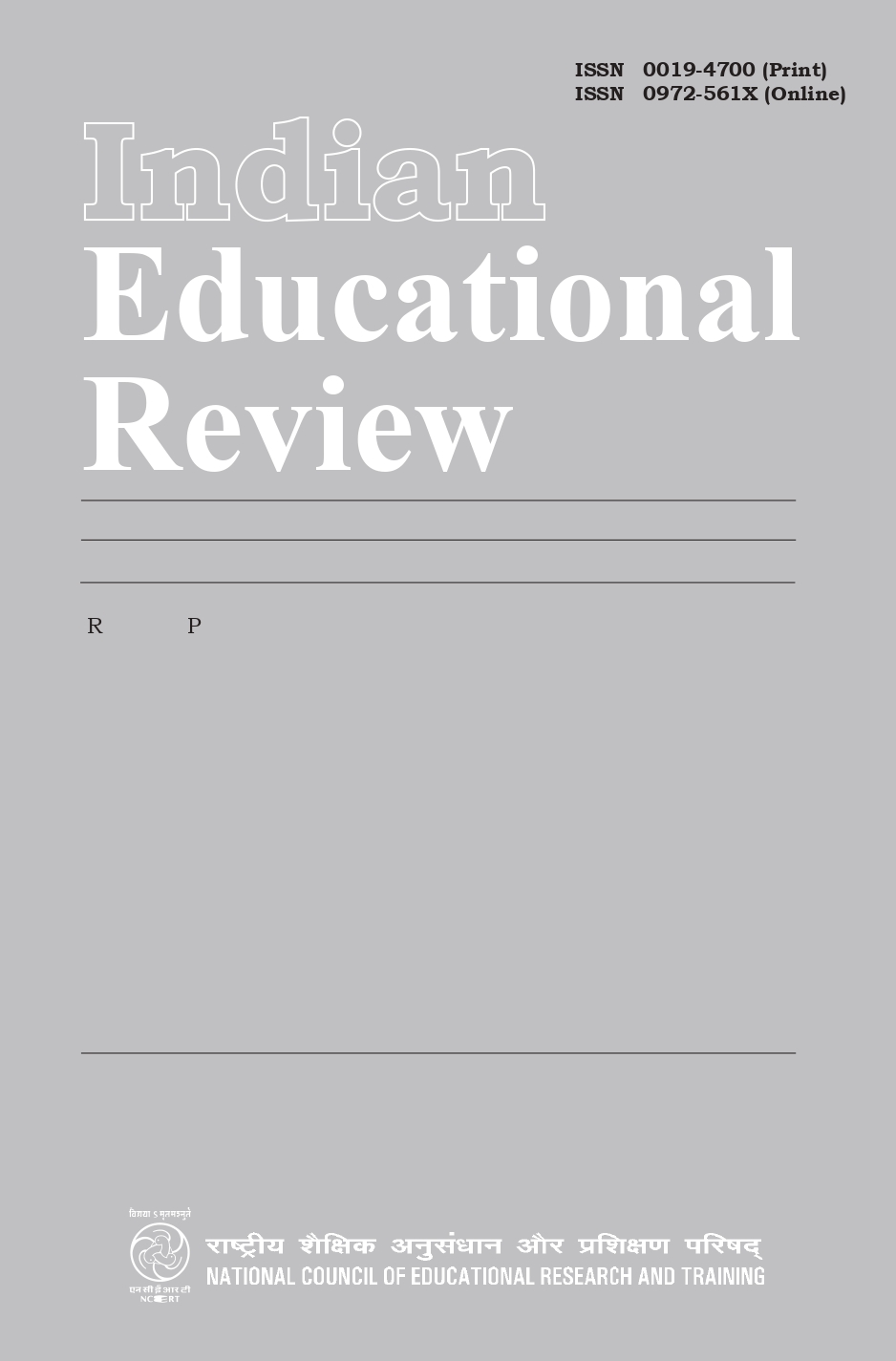Effects of School Language-Home Language Gap on Primary Education: A Study of First Generation Learners of Disadvantaged Groups
Published 2024-12-24
Keywords
- Annual Status of Education Report,
- Mathematics
How to Cite
Abstract
Annual Status of Education Report (ASER) estimates that 44 percent children in government primary schools of India in standard fifth cannot read a standard two text (ASER, 2008, 2009). High dropout rate from primary and elementary education combined with such poor performance in reading poses a serious challenge before Sarva Shiksha Abhiyan, which aims at universal quality elementary education. Acquisition of reading and writing skills is the prerequisite for any successful school learning. One of the important reasons for this poor performance in reading may be the difference between curricular language and home language. The school language may be entirely different from the language children are used to at home. This dichotomy in language can pose barriers in comprehension that impede children’s learning, especially of first generation learners from working Class backgrounds as they lack additional support structures from home. In such situations it is the school’s responsibility to facilitate the process of transition from the home language to the school language. The present paper discusses such an effort carried out in the schools of Varanasi district of UP. This project was financially supported by UGC.

